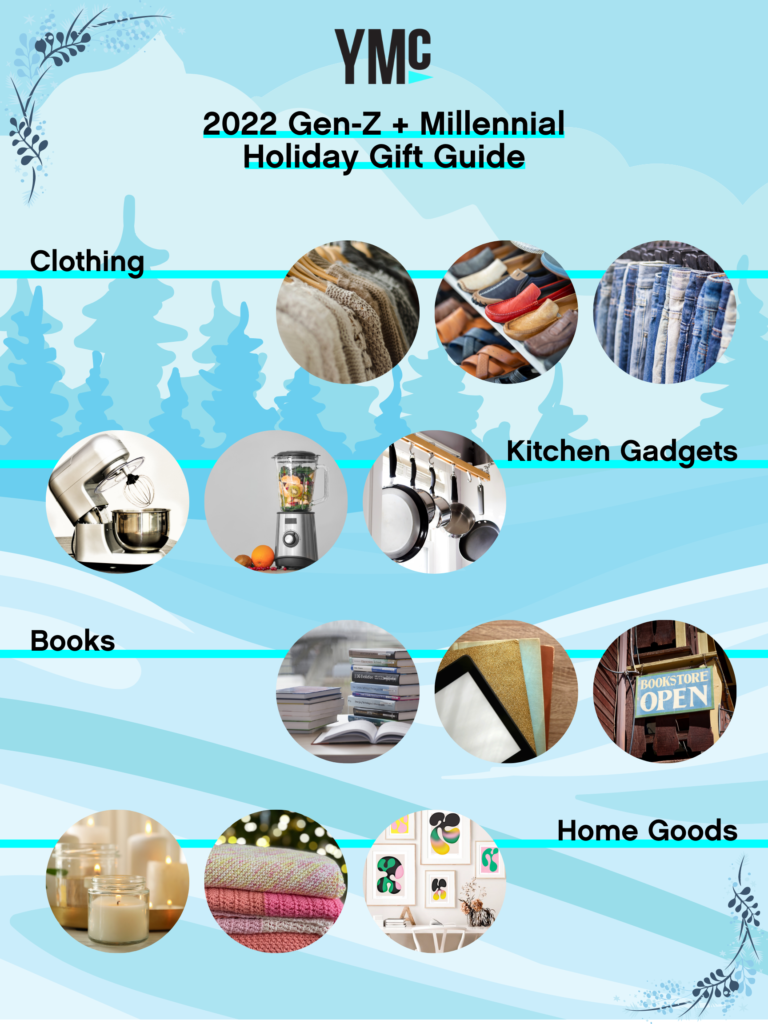Gen-Z and Gen Alpha are the driving force behind many of today’s most significant social and cultural trends. With their innovative thinking, digital savviness, and entrepreneurial spirit, they are constantly reshaping the world around us. As a result, it’s essential for businesses to stay informed about trends to stay relevant and engage with this demographic.
Sustainability
Firstly, Gen-Z and Gen Alpha are increasingly concerned about environmental sustainability and are driving demand for eco-friendly products and services. This trend is driven by a growing awareness of the environmental impact of human activity and a desire to protect the planet for future generations. Companies that prioritize sustainability in their operations and marketing are likely to resonate with this audience.
Digital Natives
Next, Gen-Z and Gen Alpha are digital natives, having grown up in a world where technology is omnipresent. They are comfortable with technology and expect companies to provide seamless digital experiences across all channels. This trend has led to an increased focus on digital marketing, e-commerce, and mobile optimization.
Personalization
Third, Gen-Z and Gen Alpha expect personalized experiences that cater to their individual needs and preferences. This trend is driven by the rise of big data and artificial intelligence. This can enable companies to create tailored experiences based on individual customer data. Companies that prioritize personalization are likely to see increased engagement and loyalty from young customers.
Mental Health
Additionally, mental health is a growing concern among Gen-Z and Gen Alpha, who are facing increased stress and pressure in their daily lives. This trend has led to a focus on mental health awareness, self-care, and mindfulness. Companies that prioritize mental health in their marketing and operations are likely to resonate with Gen-Z and Gen Alpha and build stronger relationships with this demographic.
Social Responsibility
Lastly, Gen-Z and Gen Alpha today are socially conscious and expect companies to act responsibly and make a positive impact on society. A desire to create a better world drives this trend. They distrust companies that prioritize profits over social responsibility. Companies that prioritize social responsibility in their operations and marketing are likely to resonate with this audience and build long-term loyalty.
Therefore, staying informed about the latest trends among Gen-Z and Gen Alpha is essential for businesses that want to engage with this demographic. By embracing these trends and staying on top of emerging trends, businesses can position themselves for success in the years to come. Ready to develop your company’s youth marketing strategy? Visit youthmarketing.com to get started.




